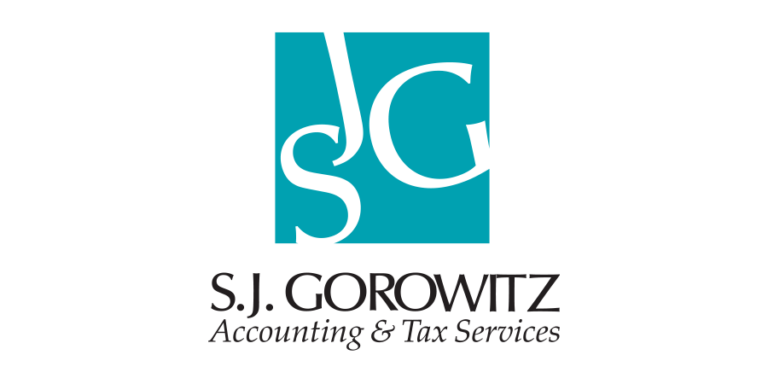By Stacey Gorowitz, CPA, MBA
 Although the Patient Protection and Affordable Care Act was signed into law in 2010, many continued hoping the health care law would go away. We must now accept the tax implications it poses and plan accordingly. In general, individuals with Adjusted Gross Income (AGI) greater than $200,000 should pay close attention.
Although the Patient Protection and Affordable Care Act was signed into law in 2010, many continued hoping the health care law would go away. We must now accept the tax implications it poses and plan accordingly. In general, individuals with Adjusted Gross Income (AGI) greater than $200,000 should pay close attention.
The two surtaxes, which will be imposed on higher-income taxpayers, effective for tax years beginning after December 31, 2012 include:
1) Medicare Surtax on Earned Income – In addition to the current 1.45% Medicare portion of payroll tax there will be a new 0.9% surtax applied to taxpayers who receive wages or self-employment income in excess of $200,000 for single and $250,000 for joint returns. This surtax is not imposed until after a taxpayer crosses the earnings “threshold”.
2) Unearned Income Medicare Contribution – 3.8% Medicare tax is imposed on the lesser of net investment income or Modified AGI (specifically defined by the IRS) in excess of $200,000 single or $250,000 for joint filers.
Unearned income subject to 3.8% Medicare surtax includes:
- Dividends, Interest and Net Capital Gains
- Rents (unless active participation) and Royalties
- Passive Activity Income (i.e. K-1’s)
Unearned income for this purpose does not include:
- Active Trade/Business Income
- Gain on Sale of Active Business Interests
- Distributions from Qualified Plans
- Tax-Exempt Municipal Bonds
Tax Planning Strategies to Consider:
- Deferred Compensation Techniques
- Tax-Free Fringe Benefits
- Maximize Qualified Plan Contributions
- Municipal Bonds and Investment Mix
- Wealth Transfer Planning
- Charitable Planning
- Business Succession Planning
We recommend that you consult with your tax professional in order to understand and minimize the potential impact of the Medicare Surtax, as this article is not comprehensive.
























